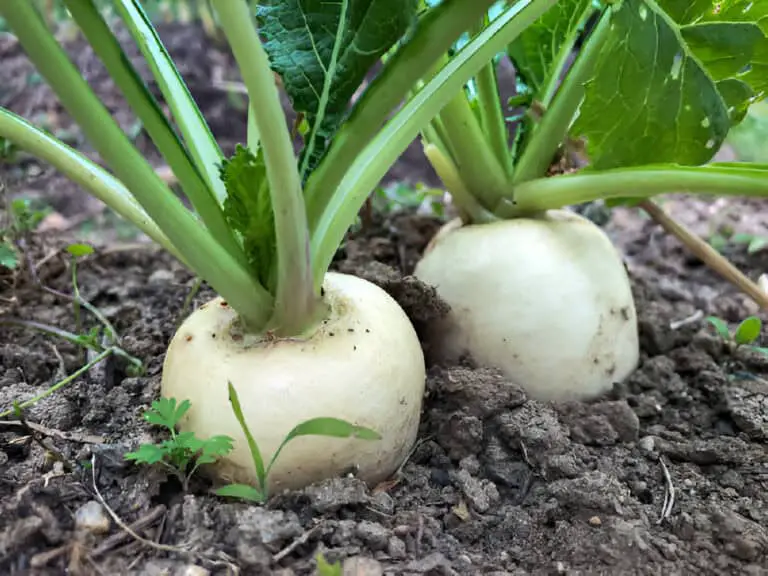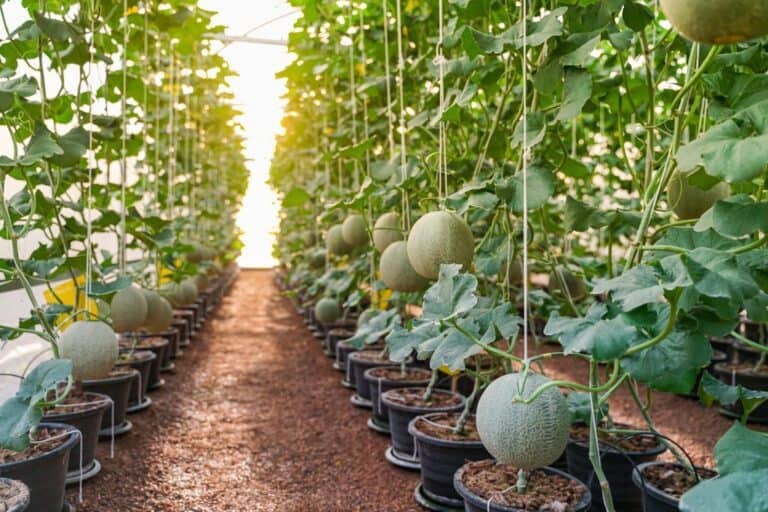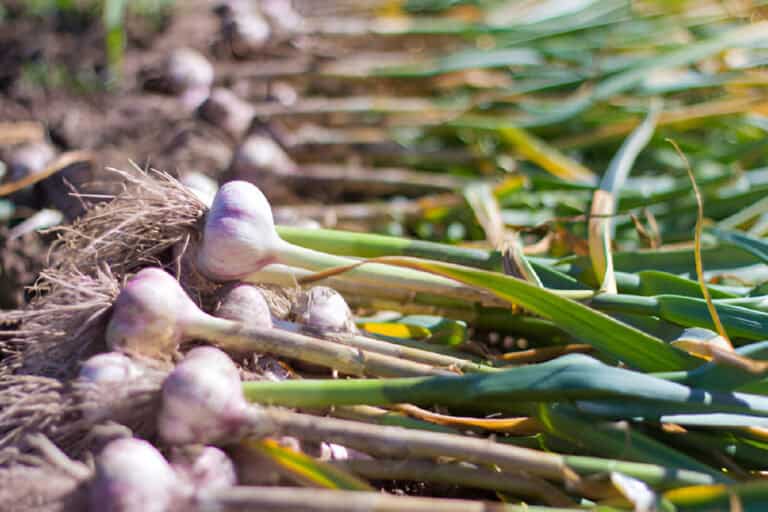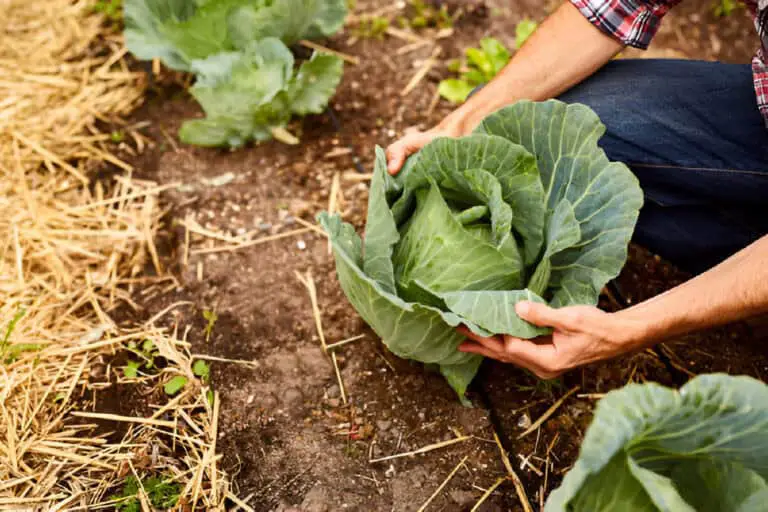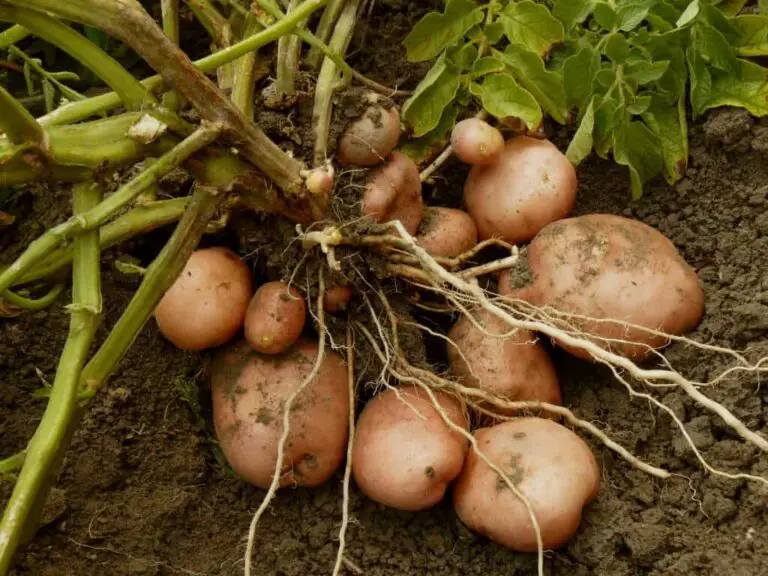How Much Soil Does Garlic Need to Grow (Depth and Spacing)?
For growing garlic, understanding soil depth is essential. It ensures healthy plants and a good harvest. Garlic is a staple in many dishes worldwide. It thrives under specific conditions that support root growth and bulb formation. Whether you’re a seasoned gardener or new to growing garlic. Knowing the best soil depth matters. It can greatly affect your crop’s quality and yield.
Have you ever wondered how deep you should plant garlic cloves to encourage robust bulb growth? The answer lies in understanding the unique needs of garlic roots and how soil depth influences their development. By mastering this aspect, you can ensure your garlic plants thrive and produce flavorful bulbs that enhance your cooking.
By reading this article, you’ll get practical insights. They are about the exact depth of soil needed for planting garlic. You’ll learn expert tips on how to prepare the soil. You’ll learn how to space garlic cloves well. And, how to optimize growing conditions for the best results.
Understanding Garlic Growth Requirement
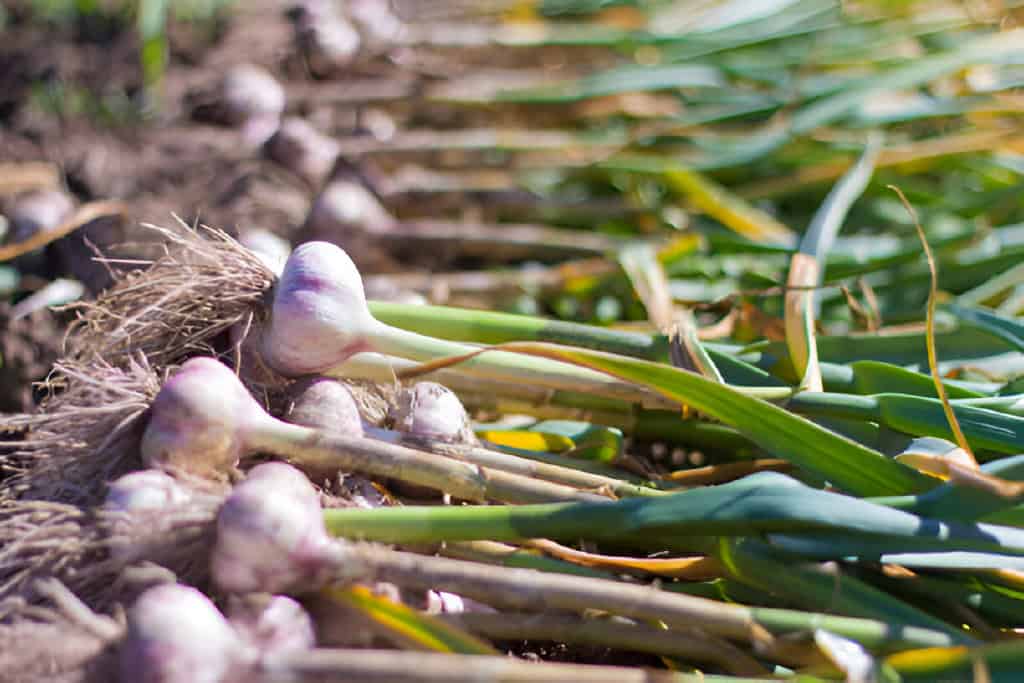
Garlic is a versatile and widely grown crop. It thrives in specific soil conditions that are vital for its growth and development. Understanding these requirements is crucial for successful cultivation.
Firstly, garlic requires well-drained soil that prevents waterlogging and allows roots to breathe. Excessive moisture can lead to the rotting of bulbs and hinder growth. Good drainage through raised beds is key. Adding compost to heavy soil also helps. It promotes good root health.
Second, garlic is a heavy feeder. It needs ample nutrients, especially nitrogen, phosphorus, and potassium, for strong growth. Adding balanced fertilizers or organic amendments before planting provides vital nutrients. They support healthy foliage and bulb growth.
Thirdly, pH levels play a significant role in garlic cultivation. Garlic prefers slightly acidic to neutral soil, with an ideal pH range between 6.0 and 7.5. Testing soil pH and adjusting it with lime or sulfur ensures optimal nutrient uptake and overall plant health.
Soil Depth Requirements for Garlic
Garlic prefers well-draining soil with good fertility. The ideal depth for planting garlic cloves is crucial for healthy root development and bulb formation. Generally, garlic should be planted with the tip of the clove just below the soil surface, approximately 1 to 2 inches (2.5 to 5 cm) deep.
This depth allows the roots to establish without being too shallow or deep. It ensures proper nutrient uptake and stability.
Spacing Between Garlic Cloves
Proper spacing between garlic cloves is also vital for maximizing bulb size and yield. Cloves should be planted 4 to 6 inches (10 to 15 cm) apart in rows spaced 12 to 18 inches (30 to 45 cm) apart.
This spacing provides enough room for the bulbs to grow. Crowding leads to competition for nutrients and smaller bulbs. Adequate spacing also improves air circulation around the plants, reducing the risk of fungal diseases.
Factors Influencing Soil Depth and Spacing
Several factors influence the soil depth and spacing requirements for garlic:
- Variety of Garlic: Different garlic varieties may have slightly varied planting depth preferences. Softneck garlic, for example, tends to be planted shallower than hardneck varieties.
- Soil Type: Soil that is loose, well-drained, and rich in organic matter is ideal for garlic cultivation. Heavy clay soils may require amending with compost or sand to improve drainage.
- Climate and Growing Season: In cold climates, planting garlic deeper may insulate and protect it from frost. Conversely, in warmer regions, planting shallower can promote faster sprouting and growth.
- Mulching: Mulching helps garlic plants. It keeps the soil moist, regulates temperature, and stops weeds. These factors make plants healthier and bulbs better.
Steps to Planting Garlic with Correct Depth and Spacing

- Prepare the Soil: Loosen the soil to a depth of at least 8 inches (20 cm) and incorporate compost or aged manure to enrich fertility.
- Planting Depth: Place each garlic clove with the pointed end facing up and the flat end down, just below thesoil surface, as recommended.
- Spacing: Plant cloves 4 to 6 inches (10 to 15 cm) apart within rows spaced 12 to 18 inches (30 to 45 cm) apart.
- Mulch and Water: After planting, apply a layer of mulch around the plants to conserve moisture and suppress weeds. Water thoroughly after planting. Keep the soil consistently moist, but not waterlogged.
Benefits of Proper Soil Depth and Spacing for Garlic
Understanding and implementing the correct soil depth and spacing needed for garlic offer several benefits:
- Optimal Growth: Properly spaced garlic cloves have ample room to develop strong roots and expand into healthy bulbs.
- Higher Yields: Adequate spacing reduces competition among plants, allowing each bulb to reach its full potential size.
- Preventing Disease: Good air flow around plants reduces humidity. This cuts the risk of fungal diseases like rust and white rot.
- Ease of Harvest: Well-spaced garlic plants are easier to harvest, as the bulbs are more accessible and less likely to be damaged during harvesting.
Good Fertilization Practices for Garlic
Good fertilization for garlic involves several key steps. They aim to ensure the best growth and yield. Here are some essential practices:
Soil Testing
- Soil Testing: It is crucial to test your soil to determine its fertility levels. This helps in identifying nutrient deficiencies and avoiding over-fertilization. Soil testing is recommended, regardless of the size of the growing area.
Fertilizer Selection
- Balanced Fertilizers: A balanced fertilizer like 19-19-19 is a good choice for garlic. This provides the necessary nutrients for healthy plant growth and bulb size.
- Complete Fertilizers: Use complete fertilizers. They have specific ratios of nitrogen (N), phosphorus (P), and potassium (K). Initially, a high nitrogen fertilizer (e.g., 16-6-4) is beneficial for early growth, while later stages require more phosphorus and potassium (e.g., 5-10-10).
Timing of Applications
- Pre-Planting: Phosphorus, potassium, and sulfur should be applied before planting to ensure they are incorporated into the soil. Nitrogen should be applied later to avoid excessive top growth.
- Split Applications: Nitrogen should be split into 2-4 applications according to soil type to avoid over-fertilization.
Organic Amendments
- Compost and Manure: These can be used to improve soil fertility. However, they should be incorporated into the soil before planting to allow for nutrient release over time. Large amounts should be applied every three years to ensure sufficient nutrients.
- Liquid Fertilizers: Kelp or fish emulsion can be used to provide additional nutrients during the growing season.
Avoiding Over-Fertilization
- Nitrogen Caution: Avoid over-fertilizing with nitrogen, as this can lead to excessive top growth and small bulbs. Over-fertilization can also cause burning, especially in young plants.
Conclusion
In conclusion, the right soil depth and spacing are crucial for planting garlic. They are vital for successful cultivation and a bountiful harvest. By following these guidelines and understanding the factors that influence garlic growth, you can create an optimal growing environment in your garden.
The tips will help you, whether you’re a seasoned gardener or new to growing garlic. They will help you grow strong plants with tasty bulbs. The bulbs will enhance your cooking.

